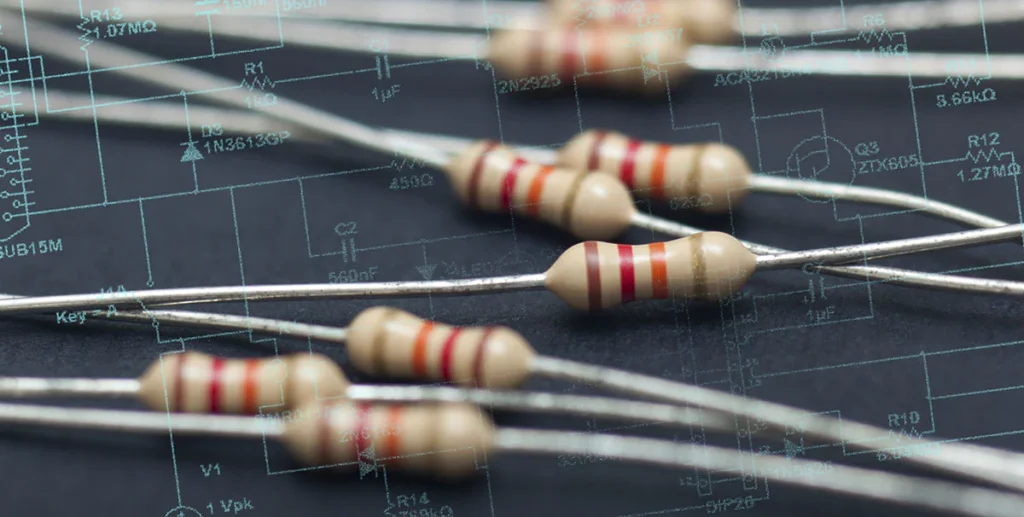A Quick Guide to Resistor Sizes and Packages

Resistor Sizes:
- Power Rating:
- Resistance Value:
- The resistance value is specified in ohms (Ω). Common values include 1Ω, 10Ω, 100Ω, etc. Standard values follow the E-series (E6, E12, E24, etc.).
- Tolerance:
- Resistor tolerance represents the allowable variation from the specified resistance Common tolerances are 1%, 5%, and 10%. Tighter tolerances are more precise but may be costlier.
Resistor Packages:
- Through-Hole Resistors:
- Surface Mount Resistors (SMD):
- Variable Resistors:
- Potentiometers (Pots): Adjustable resistors often used for volume control or tuning. They come in various packages, including through-hole and surface mount.
How to Read Resistor Codes:
- Color Code (for Through-Hole Resistors):
- Resistor bands are color-coded to represent resistance values, tolerance, and sometimes temperature coefficients.
- Use a color code chart or online tool to interpret the bands.
- Numeric Code (for SMD Resistors):
- SMD resistors often use a numeric code printed on the component.
- The code typically consists of three or four digits, indicating resistance values and sometimes tolerance.
Tips for Choosing Resistor Sizes and Packages:
- Space Constraints:
- Consider the available space on your PCB. SMDs are space-efficient, while through-hole resistors may be suitable for larger circuits.
- Power Requirements:
- Choose a resistor with an adequate power rating for your application. Calculate power using P = I²R or P = V²/R.
- Precision:
- If precise resistance values are crucial, opt for resistors with tighter tolerances.
- Ease of Adjustment:
- For applications requiring manual adjustment, like volume controls, consider using potentiometers.
Always check the datasheet for specific details on a particular resistor. This guide provides a general overview, but specifications can vary between manufacturers and resistor types.



















